Horses in history. Equines have accompanied human life since ancient times; throughout history, their majesty and physical prowess combined with tame character have contributed to the evolution of man and society. In this first article we will discuss some horses that have distinguished themselves in history, literature and mythology.
Bucephalus, the horse of Alexander the Great
Bucephalus was the famous horse that accompanied Alexander the Great in his epic battles. Apparently he was of the finest Thessalian breed, more specifically an Akhal-Teke, one of the most beautiful and ancient equine breeds descended from the Turkoman horse, famous for its golden coat.
Il nome significa “testa di toro”, datogli per la sua stazza: fronte larga, muso concavo e narici distanti. Il manto di Bucefalo era di un meraviglioso nero, con una stella bianca sulla fronte, e gli occhi di colore diverso (uno era azzurro) contribuivano alla sua unicità.

Historians tell that it was Alexander’s father, Philip the Macedonian, who bought Bucephalus at a very high price for the time; however, no one could tame him except the very young Alexander, who at just 10 years old noticed with intelligence that Bucephalus was terrified of his own shadow. After turning his snout toward the sun, he was able to turn his fear away and ride it. Legend has it that they were born on the same day, ten years apart.
Bucephalus and Alexander fought battles for twenty years, all the way to the borders of India, where he met his death at the Battle of Idaspe in 326 BC. Despite his mortal wounds, Bucephalus did not give up, and used all his strength to lead Alexander the Great to victory. He was buried with full honors in the territory that today corresponds to Pakistan, and the city of Alexandria Bucefala was born in his honor.
Marengo, Napoleon’s horse
One cannot talk about horses in history without mentioning Marengo, Napoleon Bonaparte’s horse. Napoleon’s passion for horses is well known: his personal stable numbered 52, but Marengo was undoubtedly his favorite. He lived between 1793 and 1831, and was at the emperor’s side during his most important battles, including Austerlitz, Jena, Wagram, and Waterloo, wounding himself eight times. Napoleon decided to name it after the Battle of Marengo, which the French won.
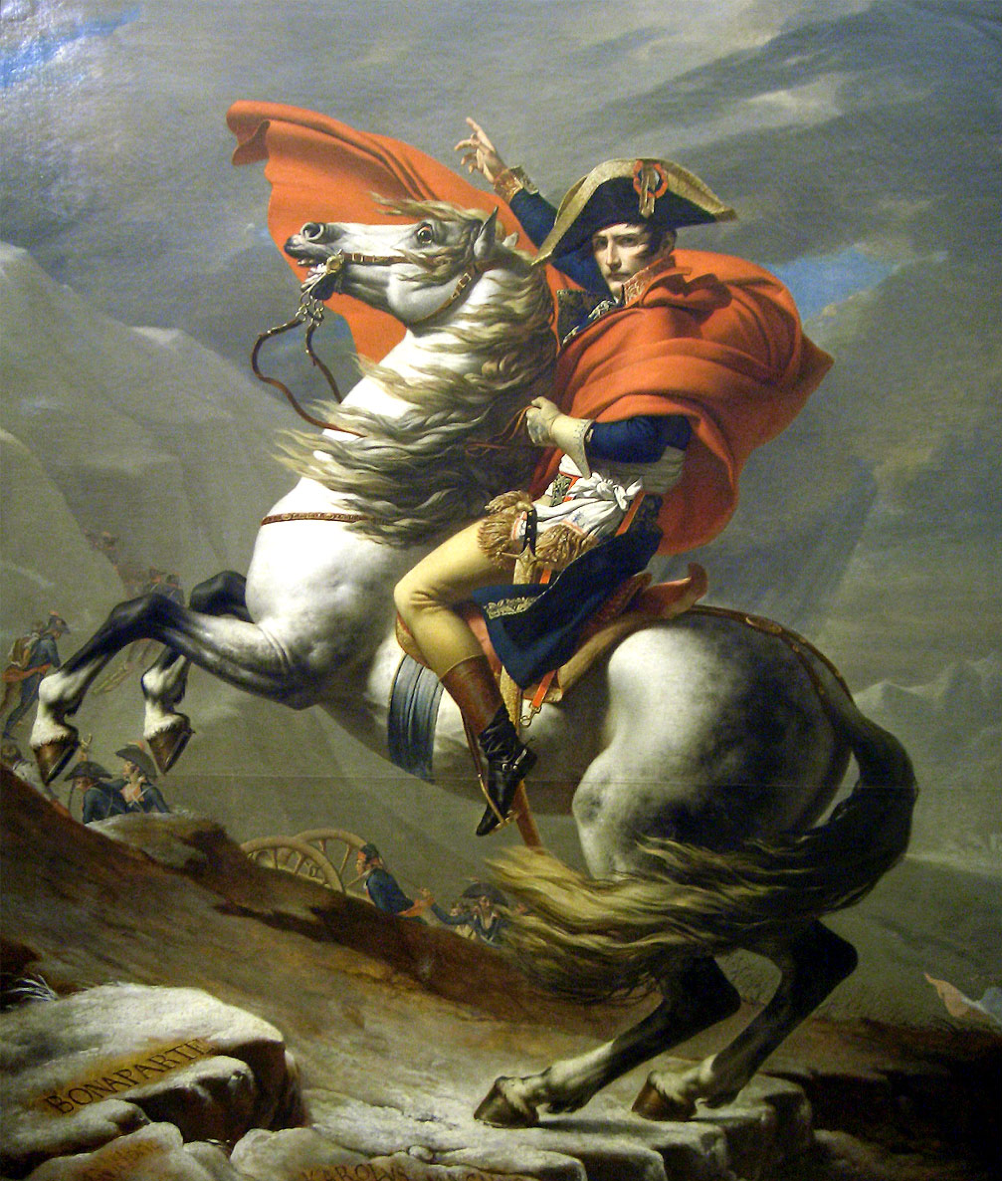
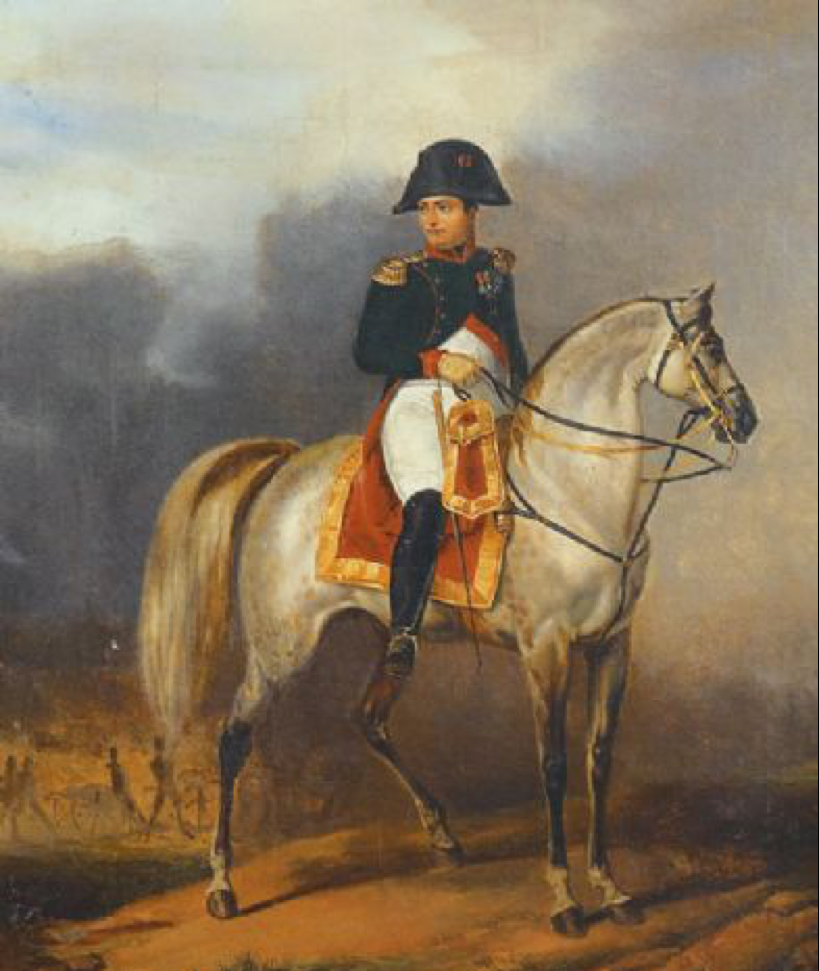
Marengo arrived in France from Egypt: he was a magnificent Arab who was 5’5″ at the withers, perfect for Napoleon, who was short in stature. He was a very fast horse, and could complete the 120km between Valladolid and Burgos in just five hours. Unfortunately, the defeat at Waterloo separated Napoleon from his steed forever: the horse was captured by the British and brought back as spoils of war. For this reason, his skeleton is now preserved in a museum in Chelsea, London.
Austurcone, the horse of Julius Caesar
Asturcone is one of the horses in history that most distinguished itself during the time of the Roman Empire. Originally from Asturias, he was a powerful and strong horse, but at the same time docile and obedient: perfect for Julius Caesar, who needed a horse that was brave, impetuous and tame at the same time.
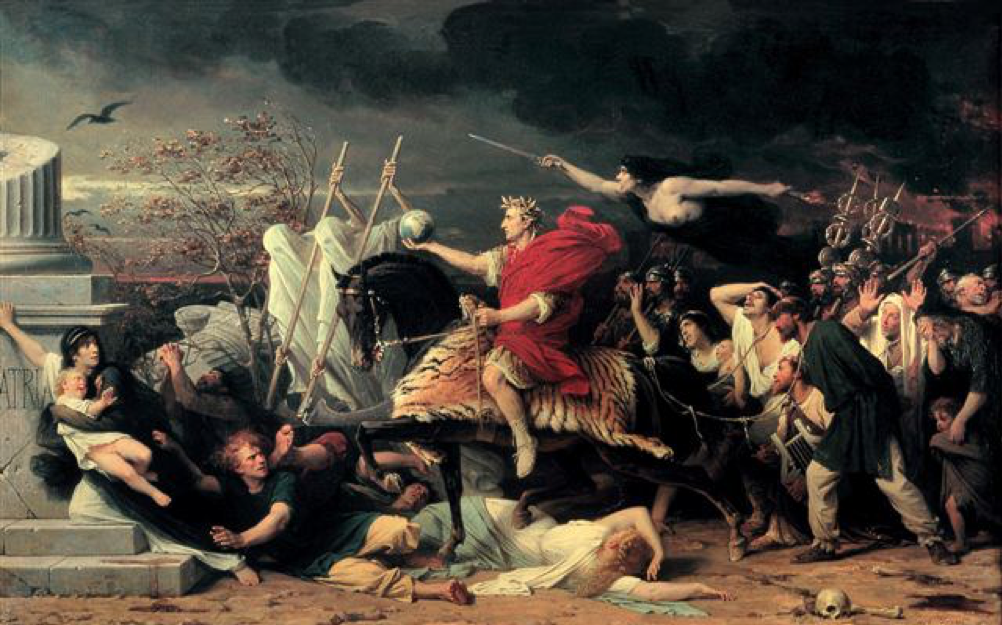
In the “Lives of the Caesars,” Suetonius recounts that Asturcone had unique features, such as a cleft hoof, an unlikely characteristic for a horse. In addition, a prophecy of the haruspices declared that whoever rode him would become lord of the world.
Asturcone accompanied Julius Caesar in the campaign of Gaul and in the famous battle of the Rubicon; upon his death, Caesar dedicated a statue to him in front of the temple of Venus Genetrix.
Palomo, the horse of Simon Bolivar
Palomo, the horse of liberator Simón Bolívar, is surely one of the most famous horses in South American history. He was a tall, gray horse (hence the name, Palomo, meaning “pigeon”), with a tail that almost touched the ground. According to local lore, Bolívar visited the village in 1814, riding a tired beast of burden that refused to go any further.
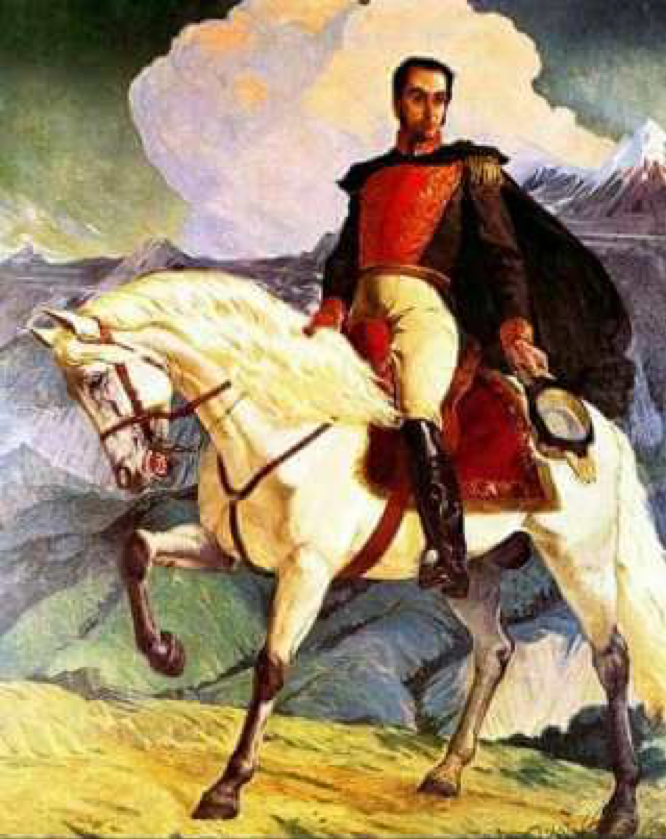

There he asked for a guide, to pick up the animal and lead him to the city. During the walk, the guide told Bolívar about his wife Casilda’s dreams, dwelling on one in particular in which she gave a newborn foal to a famous general. The guide did not know who Bolívar was, and was very surprised when the leader revealed his identity. Arriving at the edge of town, Bolívar smiled and told the guide, “Tell Casilda to hold the colt for me.” Five years later he returned, and received the foal promised by Casilda in the middle of the Battle of Boyacá. He named it Palomo, because of its gray color. Palomo’s horseshoes are on display in the Museo del Mulaló, Colombia.
Babieca, the horse of El Cid
Rodriago Diaz de Bivar, better known as El Cid Campeador, led the reconquest of the Iberian Peninsula, ending centuries of occupation by the Moors. The famous 12th-century epic Cantar de mio Cid celebrates his exploits and those of his horse Babieca, who accompanied him in battle for 30 years.
El Cid’s godfather was a priest named Peyre Pringos. According to tradition, Spanish monasteries were also devoted to breeding horses; therefore, Peyre Pringos decided to give one to El Cid, who chose the most immature and least showy one, so much so that the priest escaped an expletive-“Babieca,” “Stupid!” This was precisely how the leader chose the name for his companion in adventure, who contrary to popular belief, immediately distinguished himself by his agility and speed.
El Cid died during the siege of Valencia in 1099. In order not to leak the news to the enemy, the soldiers decided to arm the leader’s lifeless body and tie him in the saddle of Babieca. At midnight the army reached the battlefield, and thanks to a “supernatural light,” the ghostly apparition of the Cid in shining armor and a snow-white horse terrorized the Moors and led them to flee.
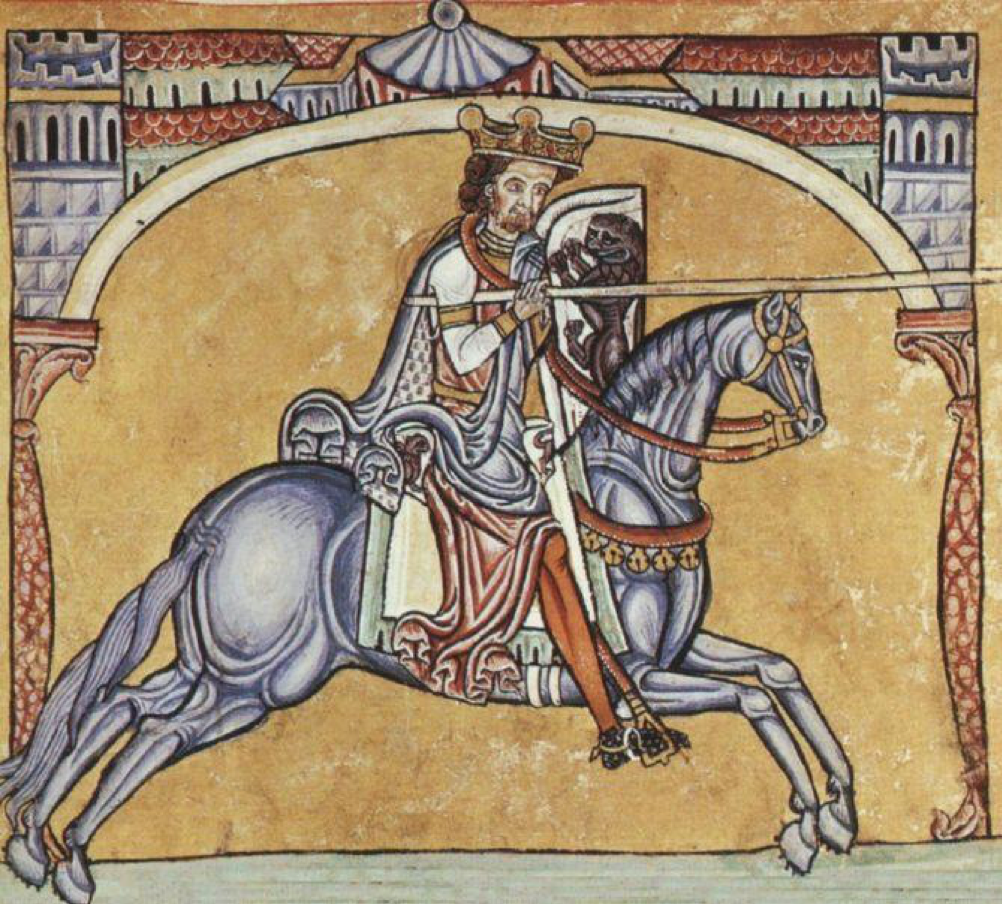
Pegasus, the winged horse of Zeus
Going even further back in history, we land in the world of Greek mythology. Here we find Pegasus, the famous winged horse of Zeus, king of Olympus. Undoubtedly one of the most iconic horses in history.

The myth tells that Pegasus was born from the blood spilled from Medusa’s neck during the fight with Perseus. Initially Zeus used the white stallion to transport lightning from the forges of Hephaestus to Mount Olympus.
Pegasus will be of great help to Bellerophon, who, after taming him with the harness he received as a gift from Athena, will defeat the fearsome Chimera, only to die by falling right out of the saddle of his steed. The steed thus returns among the gods, transforming into a cloud of stars: the famous constellation of Pegasus.
Marsala, the mare of Giuseppe Garibaldi
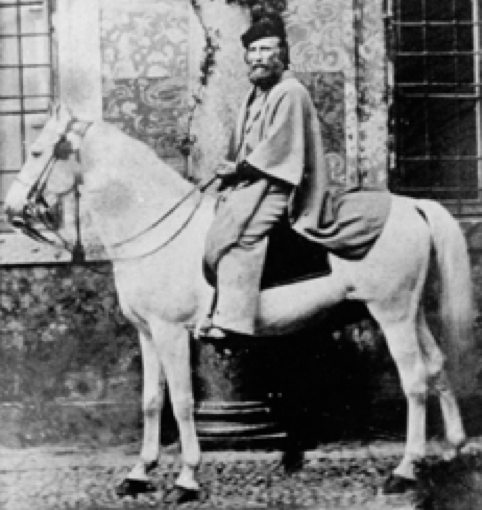
Marsala is undoubtedly the most famous mare in Italy: Giuseppe Garibaldi directed the Expedition of the Thousand with her, starting from the Kingdom of the Two Sicilies.
Garibaldi was a great lover of animals: his farm had hundreds of cattle, goats, pigs, donkeys, dogs and cats. It is no coincidence, therefore, that he was the co-founder of the Animal Protective Society, today’s Enpa.
It was Marquis Angileri who gave Marsala to Garibaldi, named after the Sicilian beach of the same name where the exchange took place. After entering Palermo with her on May 27, 1860, Garibaldi took her with him to Caprera, and would not part with her until his death at age 30 in 1876. They are both buried in the garden of the leader’s home.
The Trojan Horse
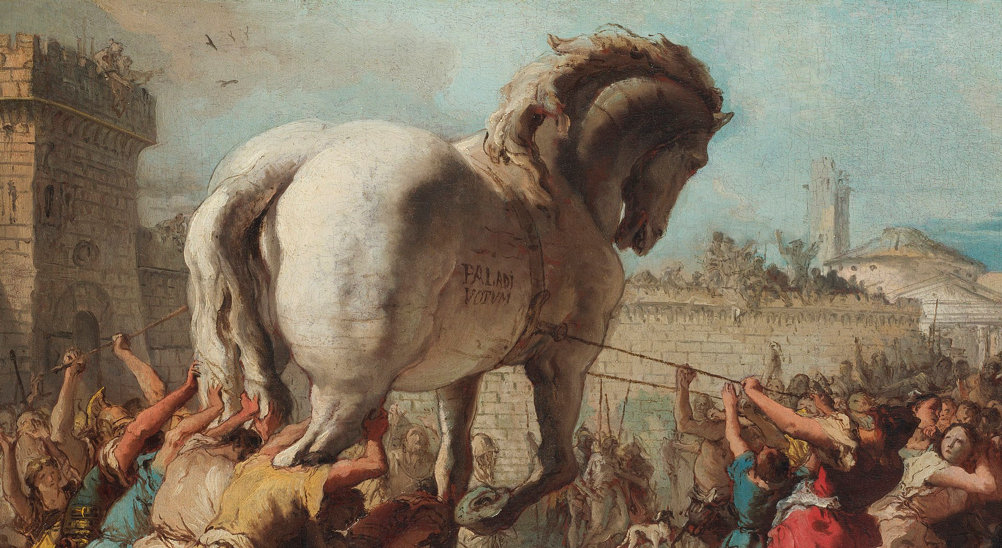
Although it is a “fake” and legendary horse, the Trojan horse remains one of the most famous in history. After building it under the suggestion of the wily Odysseus, the Greeks offered it as a gift to the Trojans as a symbol of feigned surrender. Once brought inside the city walls, the Greek soldiers, hidden in the horse’s hollow belly, emerged into the night, finally defeating the Trojans and ending a ten-year war.
Rocinante, Don Quixote’s famous horse.
Rocinante is the horse of Don Quixote, the hero of Miguel de Cervantes’ novel of the same name. The protagonist of the opera is Don Quixote de la Mancha, a penniless hidalgo and great dreamer who, accompanied by his squire Sancho Panza, decided, inspired by the adventures of chivalric novels, to become a knight and set out in search of adventure. The name of his steed is derived from “nag,” a term used to refer to half-breed and unbred horses, and was chosen by the rider because it seemed to him to be a “majestic” name.
Although Rocinante was a horse of poor conformation, Don Quixote considered him on par with the steeds of great leaders. More than his appearance or lineage, Rocinante is recognized for his incomparable loyalty.

Copenhagen, the Duke of Wellington’s horse
Copenhagen went down in history for being the horse with which the Duke of Wellington defeated Napoleon during the Battle of Waterloo in 1815. Anglo-Arab-bred, he was named after the Second Battle of Copenhagen, fought and won by the British in 1807. After a brief stint as a racehorse, he was sold in 1813 to the Duke of Wellington. Copenhagen was a communicator horse: he used to greet troops with sonorous neighing and kicking in the air.
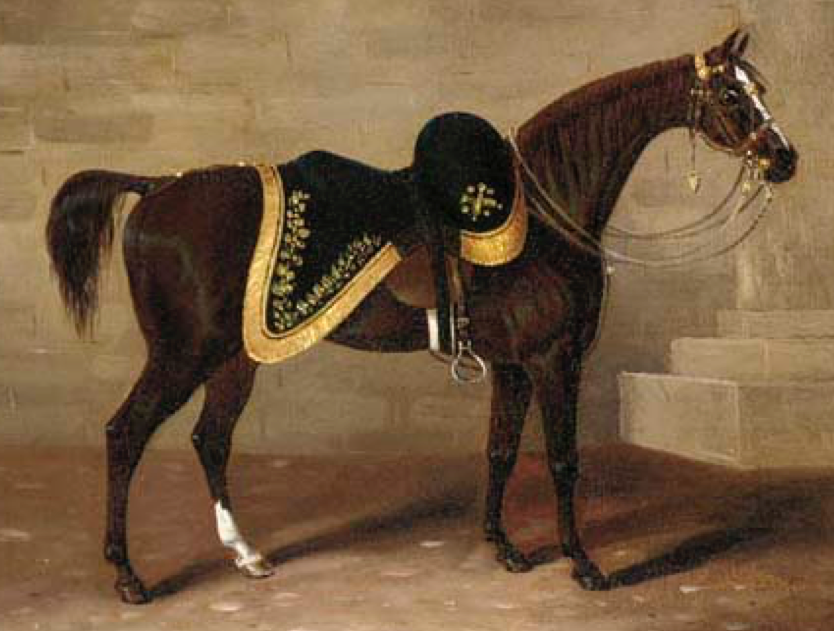
The day before the battle, the Duke of Wellington rode him nonstop for twelve hours; on the fateful June 18, Copenhagen held out for 15 hours, at the end of which he still had enough energy to kick (affectionately) his master. Copenhagen died on February 12, 1836, at the age of 28; he was buried in the grounds of Stratfield Castle Save House. His tombstone reads, “God’s humblest instrument, no matter how lowly clay, should share in the glory of that glorious day.” Of him, the Duke wrote, “There may be horses that are faster and undoubtedly more beautiful, but in endurance I have never seen the like of them!”
Incitatus, the horse of Caligula
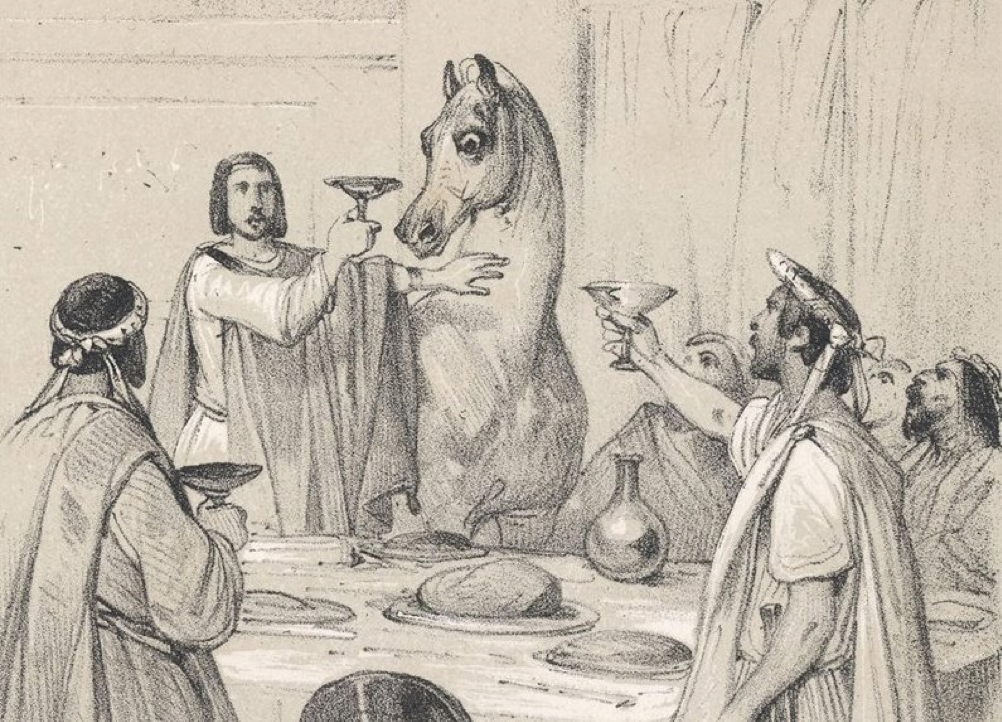
Feared and at the same time mocked, Emperor Caligula (37-41 CE) went down in history as one of the most tyrannical and despotic rulers in the history of the Roman Empire. Caligula was particularly fond of equestrian events, especially the chariot races held at the Circus Maximus. At the time, horses were used extensively, both in battle and for sporting competitions, and were a symbol of power and nobility.
There were four stables competing in Rome during Caligula’s time, and the Green stable was his favorite. In particular, Caligula was very fond of the horse Incitatus, whom he spoiled a great deal: his stable was made of marble and his manger was made of ivory. Incitatus also had a host of servants at his disposal. Caligula loved to share dinner with Incitatus, and he had food served in solid gold pitchers.
According to historians, it appears that Caligula appointed Incitatus as consul to taunt Rome’s supreme magistracy; the appointment did not last long because the emperor was assassinated in a palace conspiracy.
